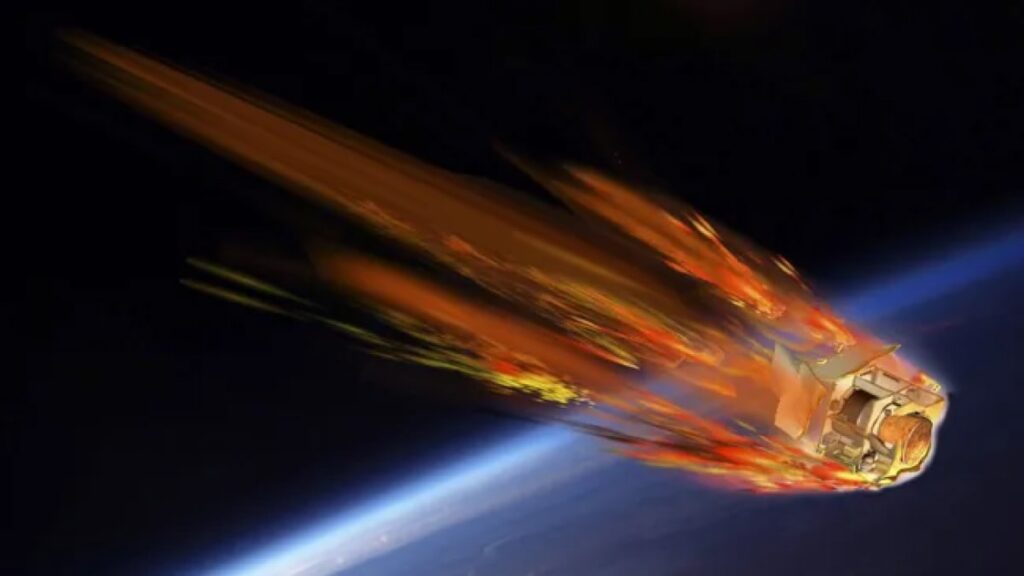The European Space Agency (ESA) is preparing to launch a unique satellite in 2027, designed specifically to study how satellites disintegrate after re-entering the Earth’s atmosphere. This mission, called DRACO (Destructive Reentry Assessment Container Object), will be an important step in ESA’s efforts to develop technology that limits the creation of space debris. ESA has awarded a contract to Deimos, a European technology company, to build this spacecraft which will provide invaluable data as it disintegrates during re-entry. This data will help scientists better understand the disintegration of the satellite and its impact on the environment.
Understanding satellite decay
The goal of the DRACO mission is to collect data on how satellites disintegrate during re-entry. By studying this, researchers aim to design future satellites that will burn up completely during re-entry, reducing the risk of debris reaching Earth’s surface. The mission will also examine how spacecraft reentry affects the atmosphere, including how different materials interact with it and what byproducts are created.
Innovative DRACO design
At 200 kilograms, DRACO will be about the size of a washing machine. Its design will allow it to disintegrate like a regular satellite, but a specially constructed capsule will survive re-entry. This capsule, 40 centimeters in size, will carry four cameras and 200 sensors to record key data during separation. Upon re-entry, it will open its parachute and transmit the collected information before being lost at sea.
Advancement of waste-free technology
According to Holger Krag, ESA’s head of space safety, the DRACO mission will play a key role in the development of future satellite technology. The data it collects will be used to build more destructible satellites by 2030, in line with ESA’s Zero Debris Charter, which aims to stop the creation of space debris within this decade.
Tim Flohrer, head of ESA’s Space Debris Office, also emphasized the mission’s importance in helping to advance debris-free technologies, especially as the number of satellite launches continues to grow worldwide.


